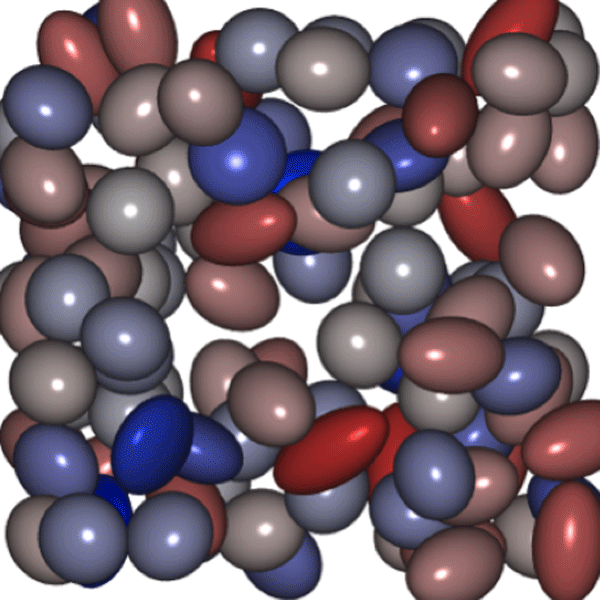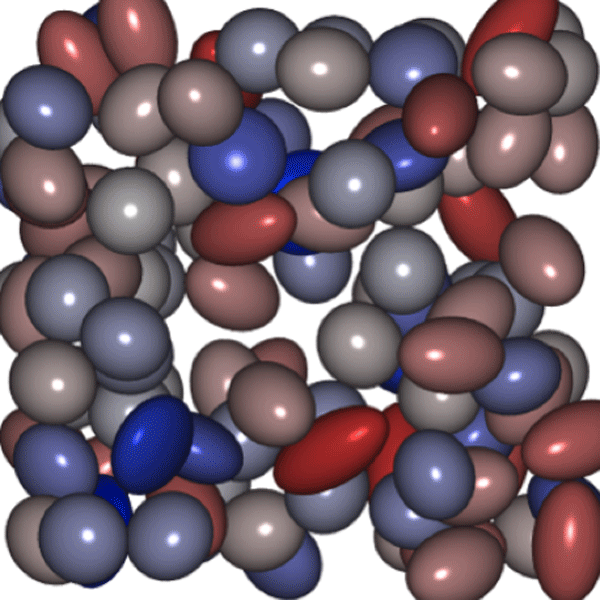Shape shifting
The particles suspended in a colloid can come in various shapes and sizes. While a handful of simplified models have worked surprisingly well at describing many colloids, they do not, understandably, cover all scenarios. For example, models are needed that can account for the effects of flexible colloidal particles, like globular proteins, micelles, and the droplets in emulsions, changing shape.
In an article published in Physical Review Letters, Vera Batista and Mark Miller of The University Chemical Laboratories in Cambridge, England, introduce a computational approach that incorporates a specific type of deformation in such a class of colloidal particles. In effect, the particles are treated as hard spheres that may stretch or flex to become prolate or oblate ellipsoids, but without changing volume. The deformation comes with an energy cost that is proportional to the increase in the particle’s surface area and its surface tension.
Real-world colloidal particles do bend and stretch, and Batista and Miller’s model, while simple, incorporates deformation in a well-defined manner that should help experimentalists correlate the properties of colloids with the flexibility of the suspended particles. In particular, the team notes that crystallization of proteins may be inhibited since they typically consist of flexibly connected subunits. As a result, higher packing fractions may be needed to crystallize proteins. – Sami Mitra





